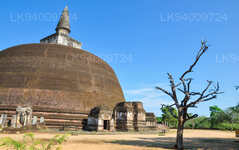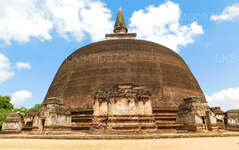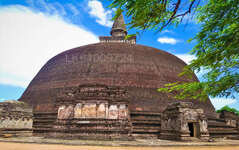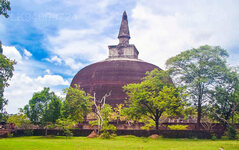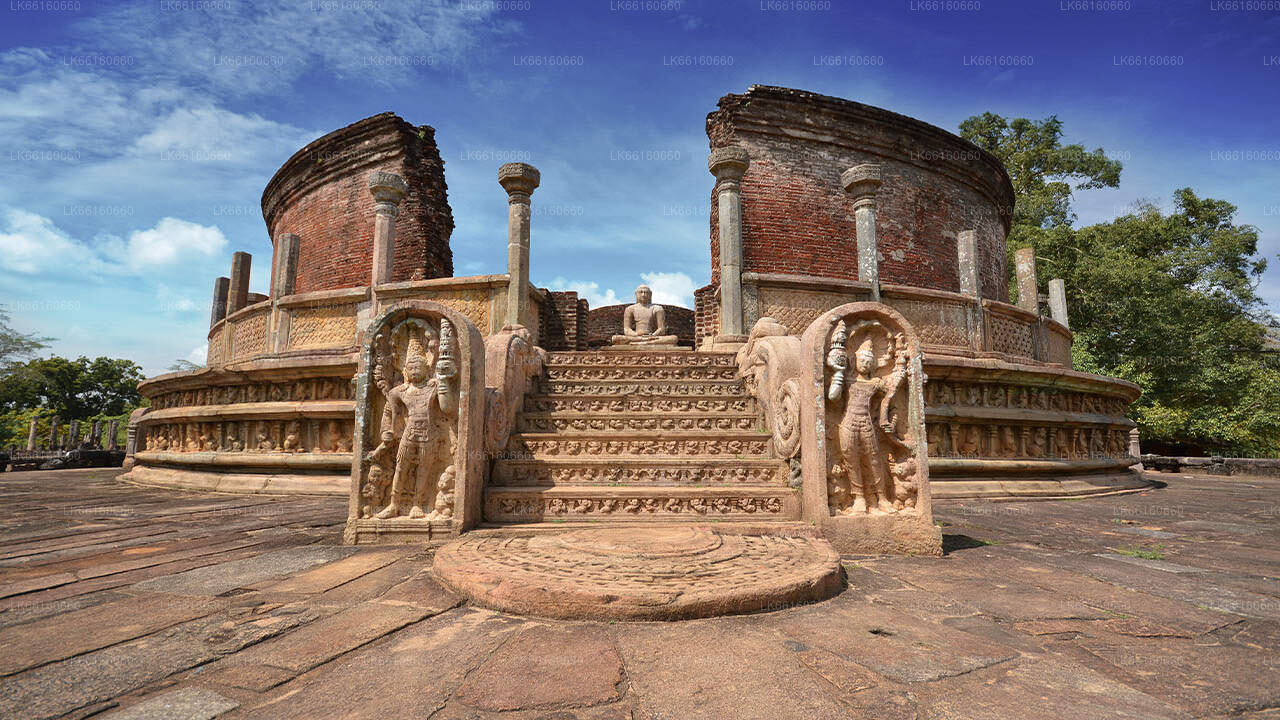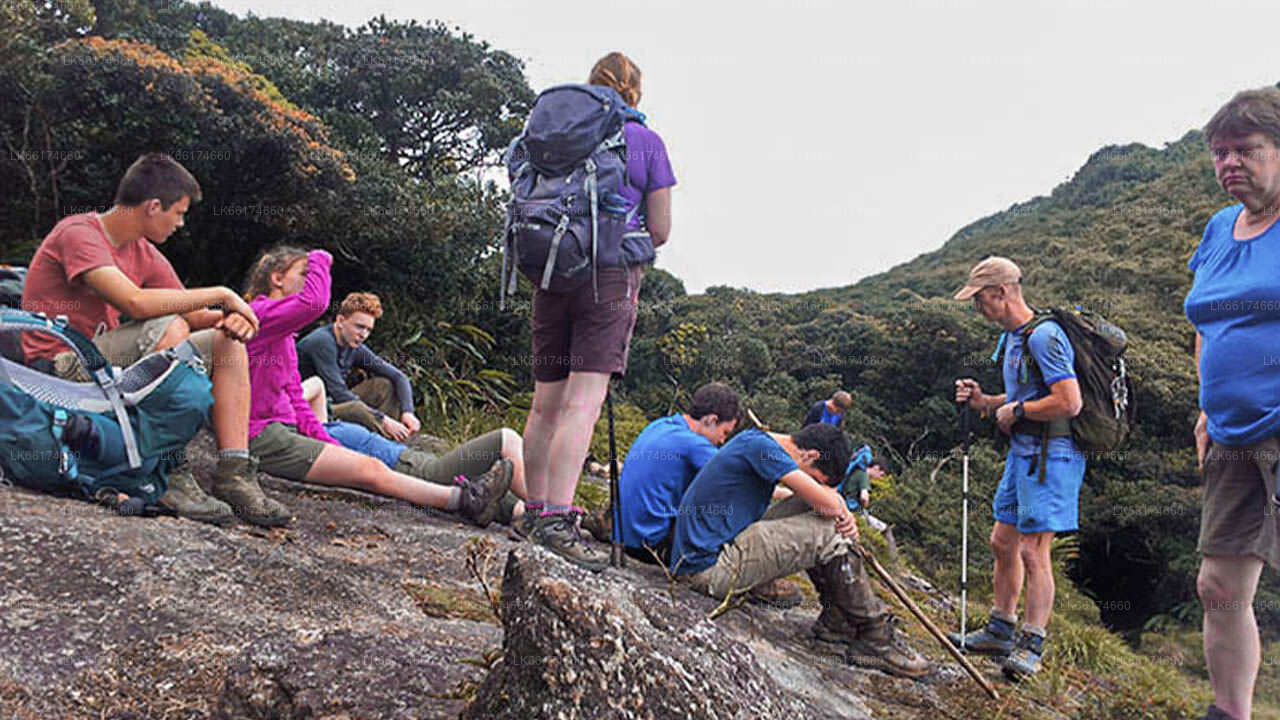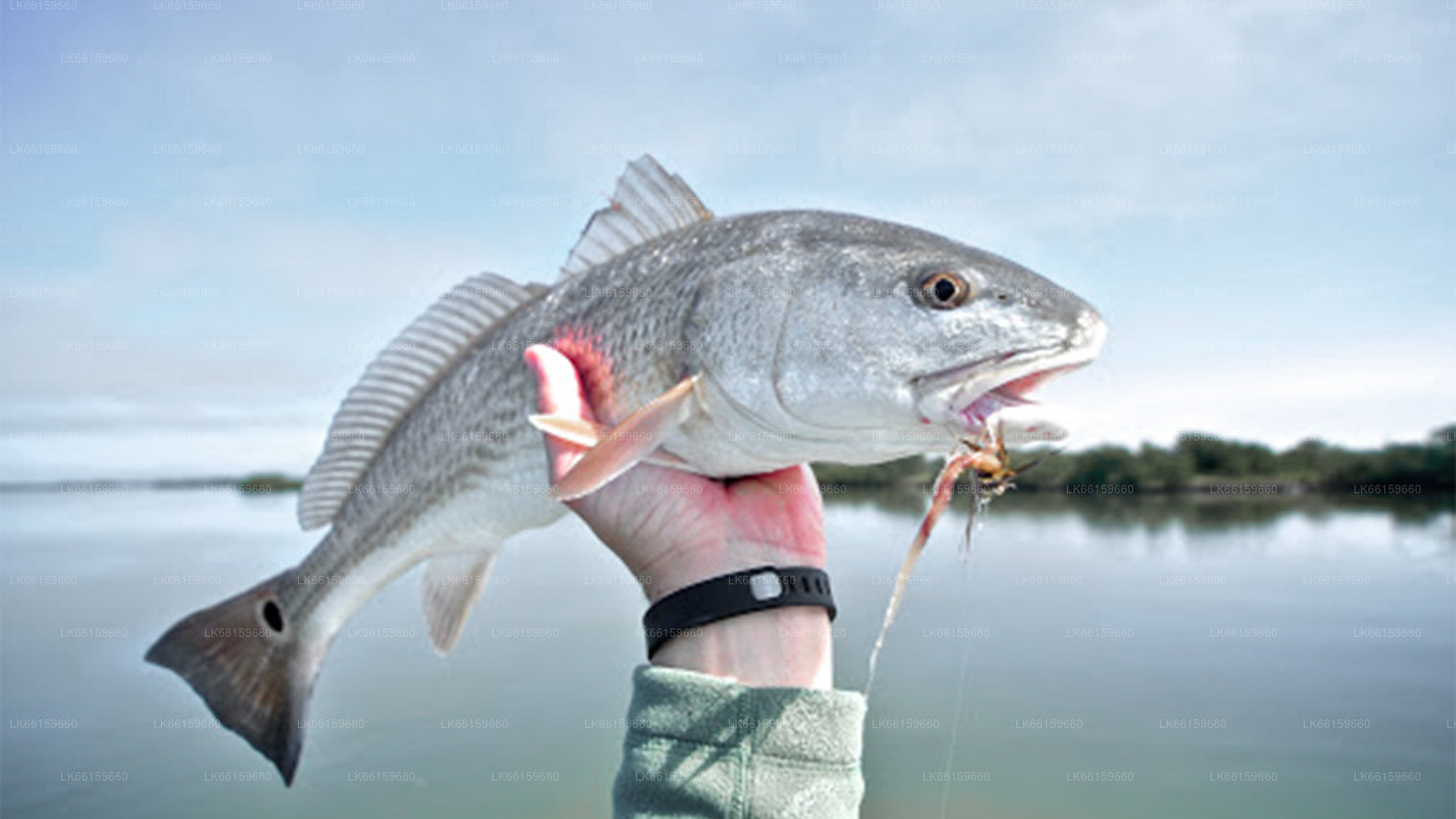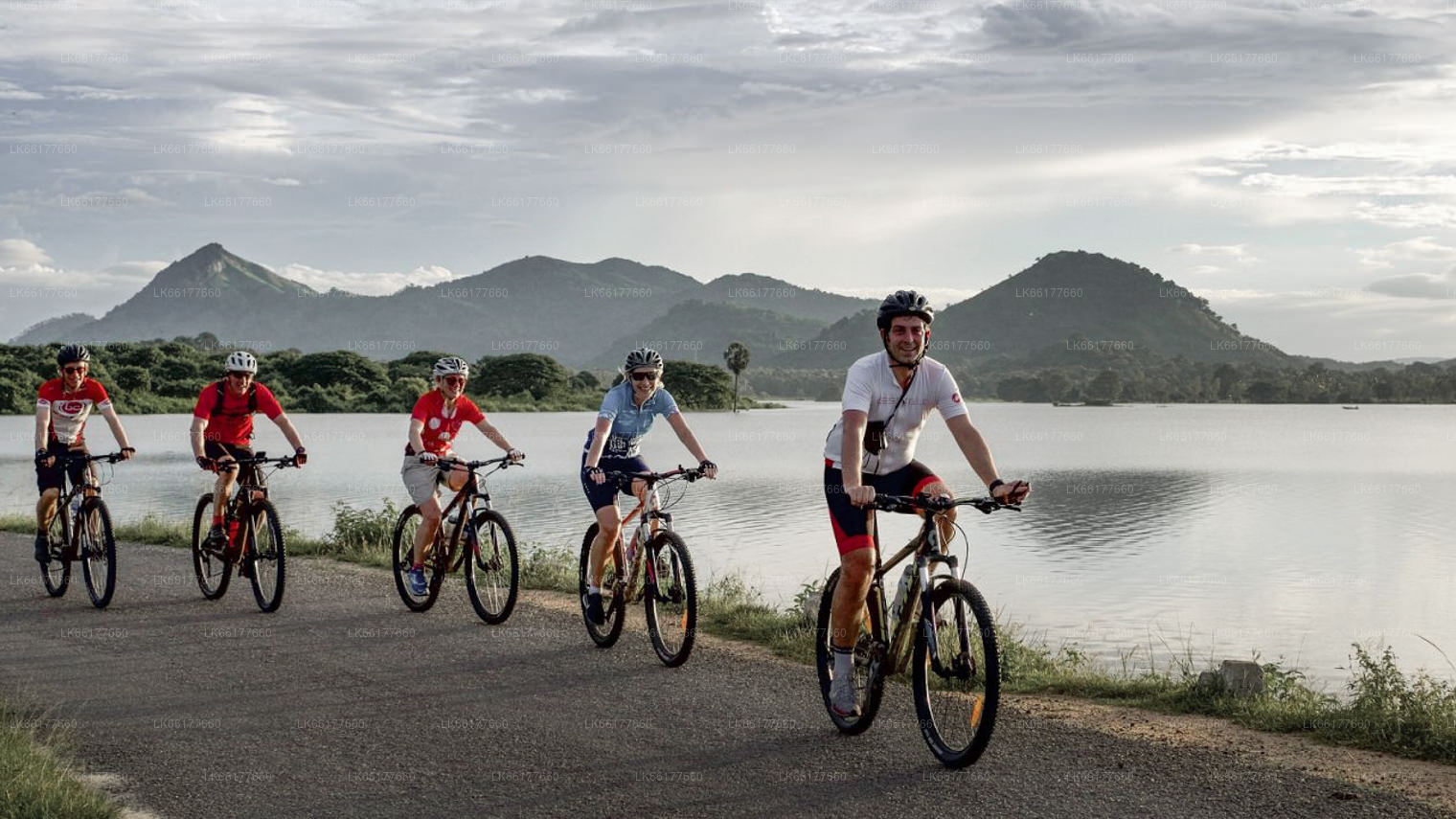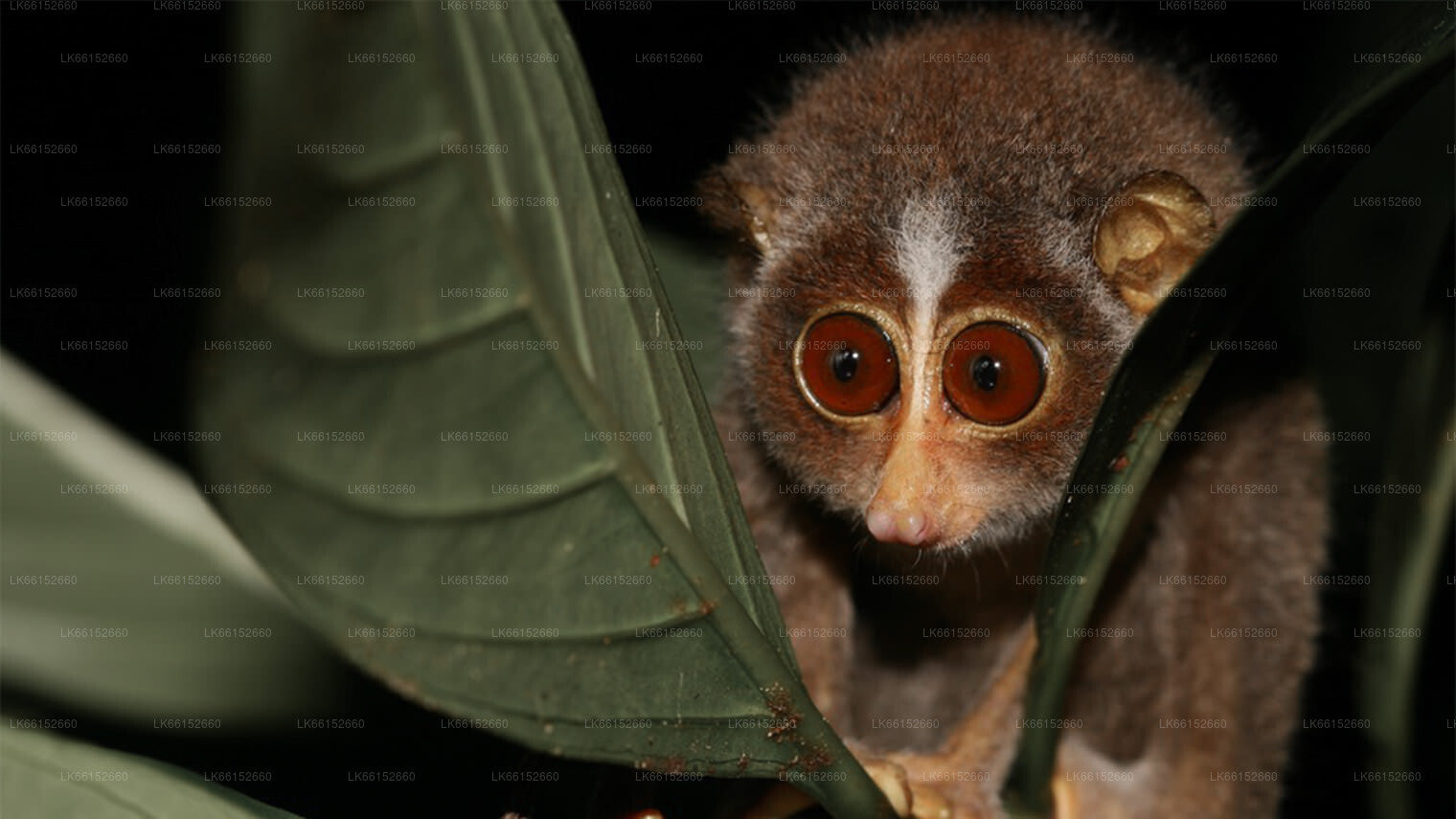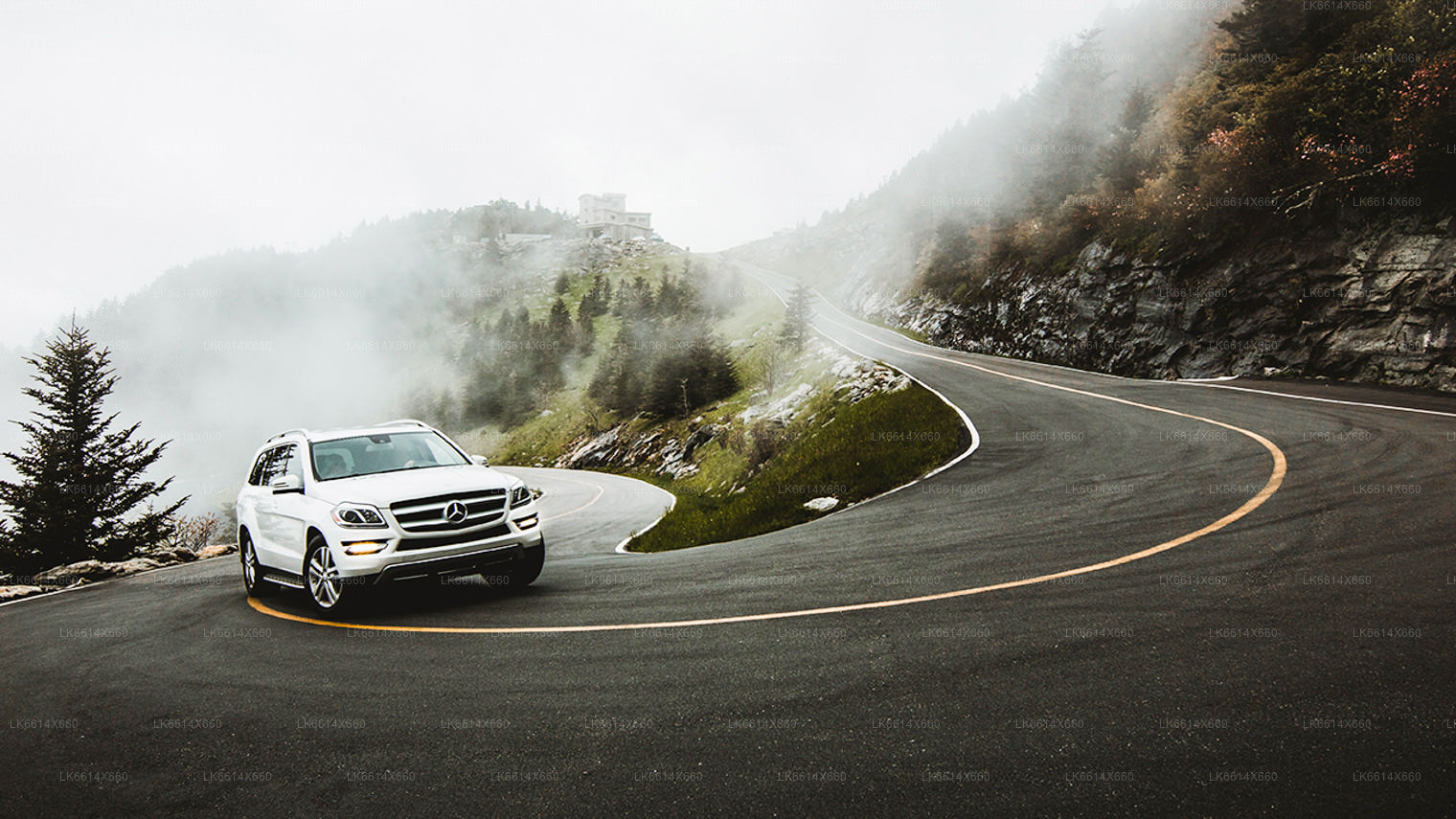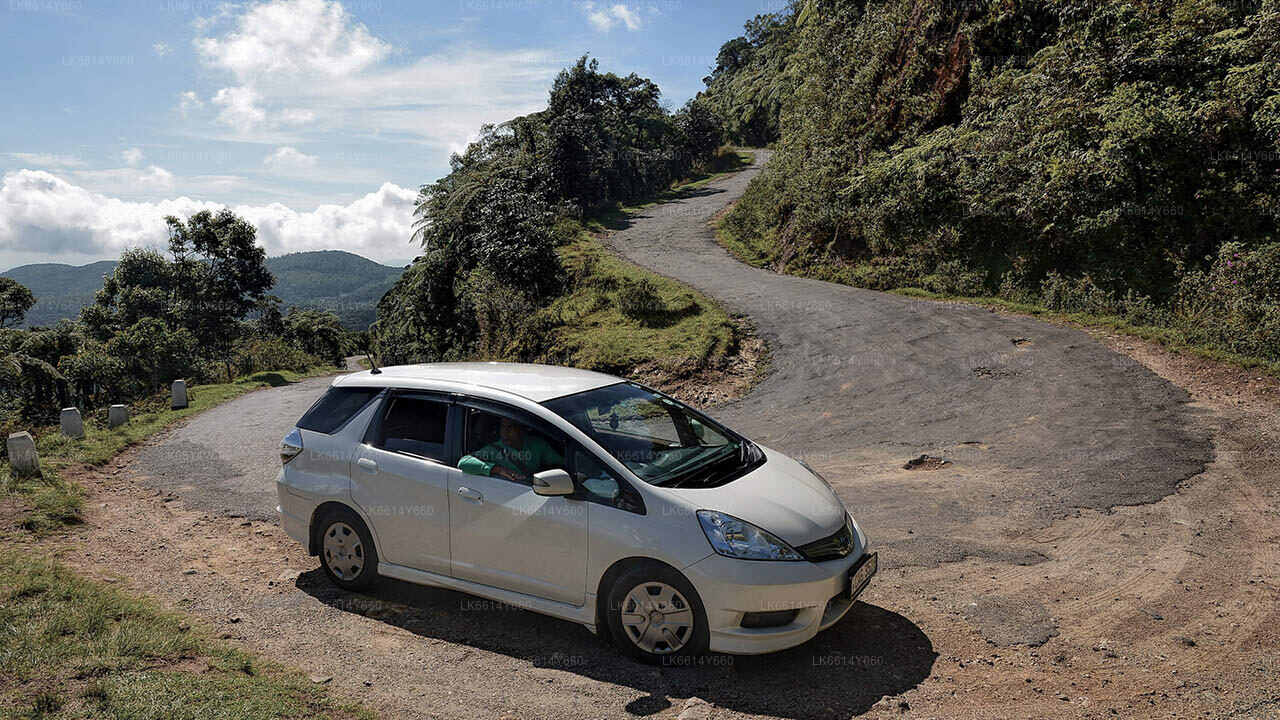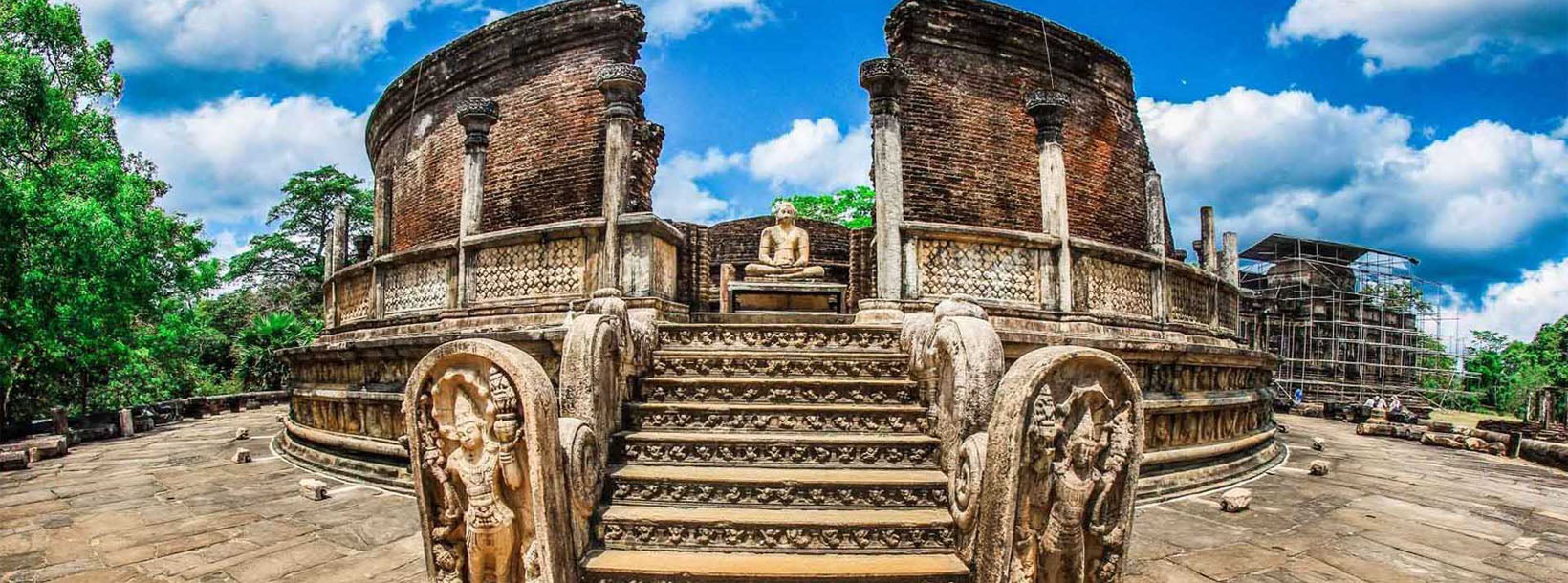
Polonnaruwa By
Polonnaruwa, a UNESCO World Heritage Site in Sri Lanka, was the country's medieval capital (11th-13th century). Renowned for its well-preserved ruins, including the iconic Gal Vihara statues, it showcases impressive architecture, reflecting the grandeur of the ancient Sinhalese civilization.
Rankoth Vehera


Rankoth Vehera in Sri Lanka: Stupa with the Golden Pinnacle
Polonnaruwa was the second kingdom of the ancient kings of Sri Lanka, after the kingdom of Anuradhapura. Following the older tradition of the kings of the first kingdom, the Polonnaruwa kings too saw fit to leave their footprints in the form of stupas built during their times of reign. The stupas were usually different from in design from those of the Anuradhapura kings and followed a style unique to Polonnaruwa, but there were a few exceptions.Rankoth Vehera in Sri Lanka: Resembling Ruwanwelisaya
Ruwanweli is a stupa built by the king Nissanka Malla who ruled Polonnaruwa (AD 1187 – 1196). It was constructed in the style of the original Anuradhaphura Maha Vihara monastery stupas, bearing a close resemblance to one of the most famous stupas of Sri Lanka – ‘Ruwanwelisaya’. The original name of the stupa indicates that perhaps this resemblance was intentional. However the name was changed later on to ‘Rankoth Vehera’. ‘Ran’ means gold, and ‘koth’ is the word used for the pinnacle of a stupa in the Sinhalese language. Hence Rankoth Vehera approximates in English to ‘Stupa with the Golden pinnacle’. Rankoth Vehera is one of the most well-known and revered stupas of the Polonnaruwa era.
Rankoth Vehera in Sri Lanka: 10 Things You Should know about Rankoth Vehera
- Brick was the only construction material used in the entire stupa.
- Rankoth Vehera’s circular base has a diameter of approximately 170m (550 feet) and a height of approximately 33m (108 feet) at the tip of the stupa.
- However, renovation was carried out on the upper portion of Rankoth Vehera by later rulers changing the height of the structure. Research has shown that the original height of the stupa may have been as great as 200 feet (61m).
- Even after the drastic decrease Rankoth Vehera remains the largest stupa in Polonnaruwa, and the fourth largest in the country.
- Rankoth Vehera has four Vahalkadas supporting the weight of the stupa, which are also made of brick.
- The entire stupa lies in the center of a large square terrace that is surrounded by a brick wall.
- The terrace has four entrances in the directions of the four cardinal points, with sand paths leading up to them.
- It is inscribed on a stone close to one of the entrance that King Nissanka Malla watched over and supervised the construction of the stupa.
- The inscription also mentions that he worshiped the stupa from a stone platform.
- This platform can be found at a corner of the terrace on which the stupa is placed.
Polonnaruwa, along with Anuradhapura, has a literal treasure trove of well-preserved historical places to visit, such as Rankoth Vehera.
Om Polonnaruwa-distriktet
Polonnaruwa er den næststørste by i den nordlige centrale provins i Sri Lanka. Den gamle by Polonnaruwa er blevet erklæret som et verdensarvssted af UNESCO. Polonnaruwa har en lang historie med erobringer og kampe og udgør med rette det tredje element i den kulturelle trekant. Polonnaruwa, der ligger omkring 140 km nordøst for Kandy, tilbyder timevis af endeløs fornøjelse for historie- og kulturelskere, da der er mange betydningsfulde seværdigheder.
Mange af de fysiske ruiner, der står i dag, tilskrives Kong Parakrama Bahu I, som brugte mange kongelige ressourcer på byplanlægning, herunder parker, bygningsværker, kunstvandingssystemer og så videre. Perioden under hans regeringstid betragtes som en guldalder, hvor kongeriget trivedes og havde fremgang under en visionær hersker. Parakrama Samudra er en gigantisk tank og opkaldt efter dens beskytter. Det populære kongelige palads, audienshallen omgivet af smukt udskårne stenelefanter og badebassinet afspejler datidens overlegne ingeniørmæssige evner.
Om Nord-Centralprovinsen
North Central Province, som er den største provins i landet, dækker 16% af landets samlede landareal. North Central Province består af to distrikter kaldet Polonnaruwa og Anuradhapure. Anuradhapura er det største distrikt i Sri Lanka. Dets areal er 7.128 km².
North Central Province har adskillige potentialer for investorer til at starte deres virksomheder, især landbrug, agrobaserede industrier og husdyrsektoren. Mere end 65% af North Central Provinces befolkning er afhængig af basal landbrug og agrobaserede industrier. NCP kaldes også "Wew Bendi Rajje", fordi der er mere end 3.000 mellemstore og store tanke placeret i provinsen. Sri maha bodiya, Ruwanweli seya, Thuparama dageba, Abayagiri Monastry, Polonnaruwa Rankot wehera og Lankathilake er bange.

